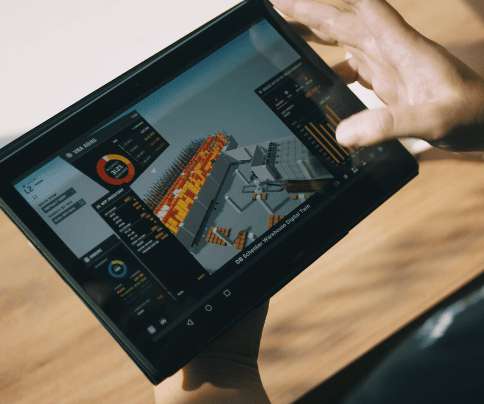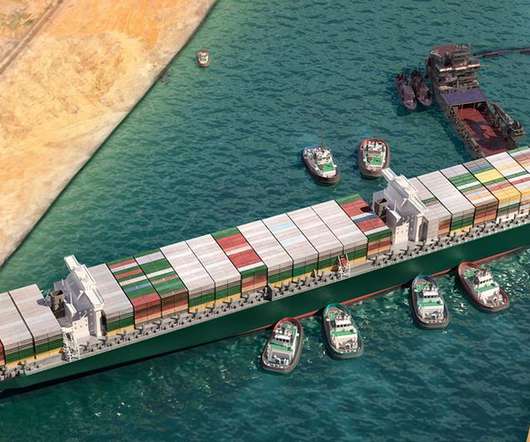DB Schenker – Singapore: A Vital Node in Singapore’s Logistics Ecosystem
The Logistics & Supply Chain Management Society
NOVEMBER 15, 2021
Typically, 45% to 50% of cargo is carried in belly holds of aircraft. On October 29th, the company has also been featured in Channel News Asia’s docuseries “Becoming a Global Hub”, underscoring the key role that Schenker plays in Singapore’s standing as a vital node in the global supply chain. A Continued Focus on People.
















Let's personalize your content